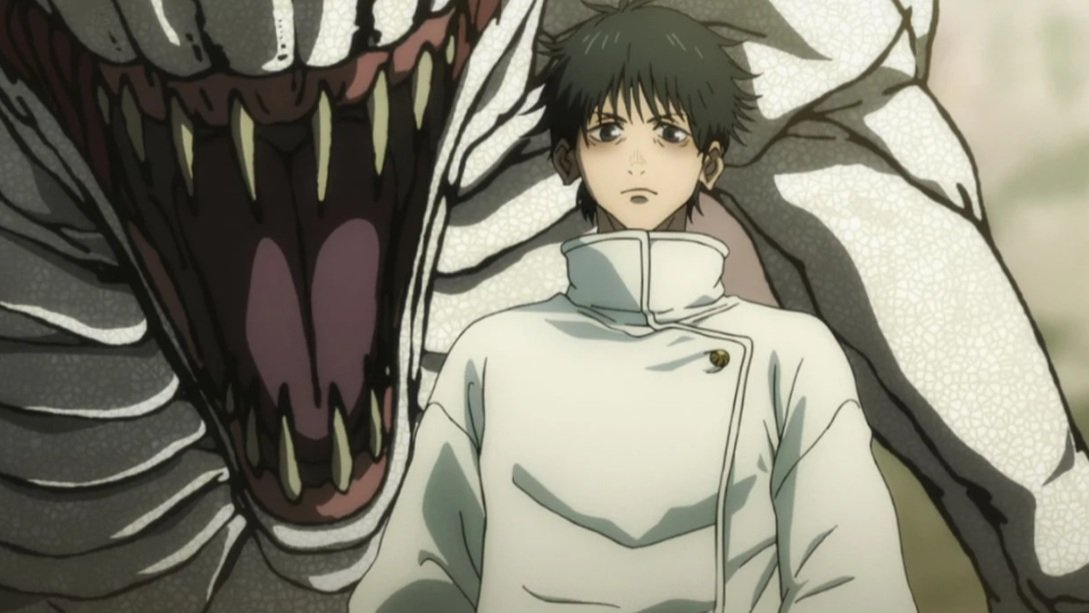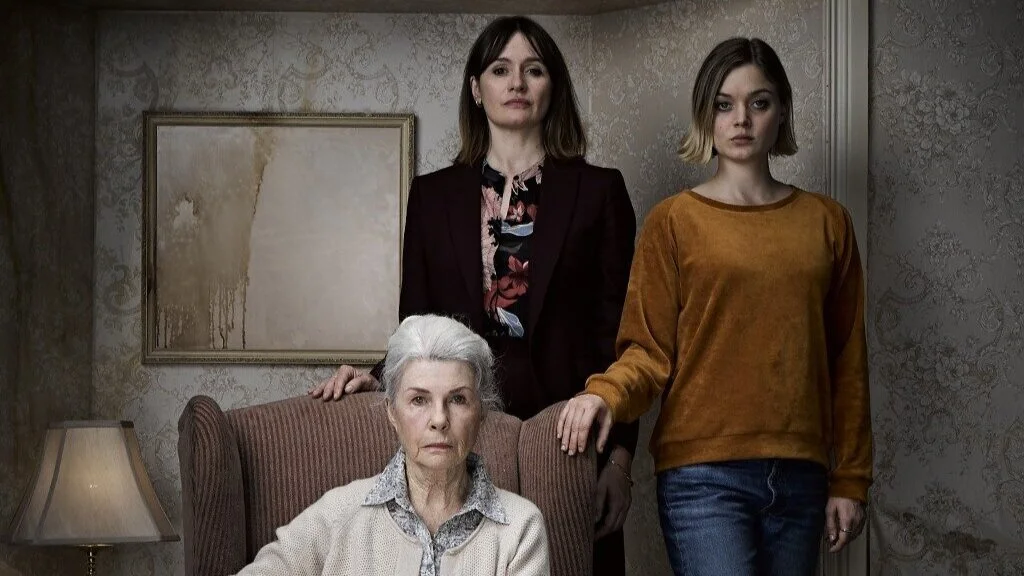Review: Greyhound
Tom Hanks is upset. And no, it's not the character he plays in his new Apple TV+ movie Greyhound who’s upset, it’s Tom Hanks himself. Originally, the World War II, Battle of the Atlantic-set film was to be released on June 12th theatrically. But, because of the ongoing pandemic, the film was sold to Apple and released on July 10th on their digital platform. Hanks have a vested interest in the film, not only starring in it but serving as the writer, and during a recent virtual press conference, he shared why he was “heartbroken” over the film’s release:
“It’s going to look different on your Apple TVs…The heartbreak is that those 800 people don’t get to go into a theatre as strangers, watch Greyhound, come out 88 minutes later with something in common. There’s no substitute.”
He has a point. It's impossible to replicate at home the experience of watching a movie with strangers on a big screen with superior sound. I've written about it; I miss theaters. But does Greyhound truly warrant that big screen? You could step back and ask that of any film—Netflix's Da 5 Bloods for me is the one movie of 2020 I wish I had seen in a theater—but focusing on Greyhound, where the star himself is rattling the saber of the theatrical experience, my thoughts are, "yes... and no."
Sure, a theater could have heightened those bigger moments, when the camera pulls back and shows the scope of the action, with Allied ships battling with German U-boats in the middle of an unforgiving ocean. But, there is something very intimate and appropriately small about it. Under attack, Commander Krause (Hanks) paces around the bridge of his ship—the fictional USS Keeling codenamed “Greyhound”—ordering maneuvers and protecting the Allied convoy he's been assigned to lead. He steps outside of the bridge every so often, looking out at the destruction happening out on the water and ceremoniously burying his men at sea, but he's stuck in one place, the weight of the command on his shoulders, death rearing its head closer and closer. All this makes Greyhound perfect stuck-at-home viewing.
Hanks is perfect as Krause, who’s leading his first command. He's not “green” by any means, but he carries a wide-eyed quiet panic. He has an “oh, what did I get myself into” look as he peers out the windows of the bridge at the hidden threats in the Atlantic Ocean. This generation’s Jimmy Stewart is a natural fit in a role Stewart would’ve played himself in the twilight of his career. Although we’ve seen Hanks portray this leader-in-wartime archetype before, and better, in Saving Private Ryan, the benefit of a lean runtime works in effectively slicing Krause’s character arc to the bone. Hanks delivers so much with just a few words and worried glances. He also has brief scenes with his almost-girlfriend (Elisabeth Shue) before he ships out; that and a few beats with him praying in his quarters and you have a complete-enough lead character for a 90-minute war movie.
In comparison, Greyhound’s supporting characters mostly get the shaft. Shue’s extended cameo is another example of a great actor being relegated to the tired archetype of Tom-Hanks’-worried-partner/prop, which is a shame. Stephen Graham, playing Krause’s executive officer, gets a few moments to shine, but it is great to see the Grade A character actor in the background—Graham has that face that suits historical dramas so well. Fellow character actor Rob Morgan, plays a Mess Attendant onboard the ship, catering to the Commander; his placement in the movie is a reminder of how Black Americans in World War II were treated as lesser-than and ultimately just more possible casualties of war. It’s stark to see Black actors sidelined like they are in Greyhound, but it feels both historically accurate and rightfully brutal for the story told.
As for the look of the war drama, it fluctuates between a bland digital feel to starkly beautiful shots of the violence that unfolds. The direction is lacking at times, never as consistent as it should be—this can definitely be seen in the interior shots with the Commander and his crew inside the greyhound which is so close to looking like an Asylum rip-off movie called Dalmatian. The restraints of digital filmmaking are present—it goes to show only a scant few filmmakers know how to make digital film look like film, which is vitally important with an historical fiction like this—but that doesn’t mean it’s completely lacking in terms of visuals. When the camera pulls back to its extreme, we see Allied ships and U-boats from overhead like pieces on a Battleship board game; it’s an effective way of showing the action while pulling off some striking imagery. A side note, watching this on a 4K TV on an Apple TV with Dolby Vision does help, but hey, you might just get the same effect by watching it on your laptop.
Greyhound takes place over the course of a few days and, even though it’s a brisk 90 minutes overall, you feel the length of time you spend with Krause. He stays up through the entirety of the battle with the Germans, and you can see him slowly start to deteriorate, both mentally and psychically. Ominous German messages over the Allied radiowaves and the bloodied ravages of the Commander’s footwear add to the tension. It’s that sense of a tortured enclosement, real and otherwise, that makes Greyhound memorable and worth your time. For 2020, it’s coincidentally apt for the troubled time we find ourselves in—stuck in one place, peering out to a dangerous world outside.














